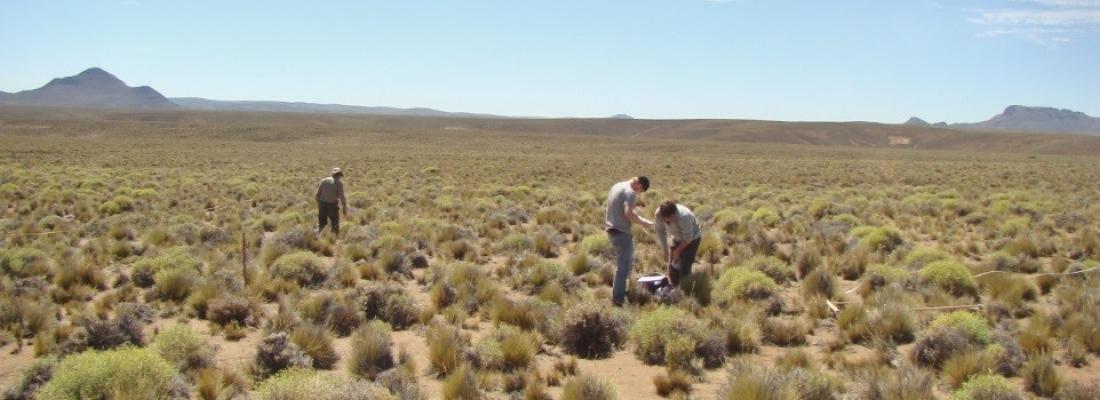Biodiversity Reading time 5 min
Protecting biodiversity to ensure ecosystem stability
Published on 31 July 2018

Humankind depends directly on ecosystem services for its wellbeing, development and survival. Ecosystem services for producing plant biomass — and ensuring its stability over time — are vital, as people use plant biomass for food and animal feed, to ensure soil fertility, and to produce timber and fuel. A number of studies over the past 20 years have proven the importance of plant diversity in maintaining ecosystem stability. These studies, however, were carried out in local-scale experiments under controlled conditions and in a limited number of ecosystems.
For the first time, an international team of researchers studied the role of biodiversity on ecosystem stability at a worldwide scale. The team included researchers from INRA and the Chizé Centre for Biological Studies (CNRS, University of La Rochelle) and scientists from Argentina and Spain. The international research team used 14 years of satellite data and field surveys from 123 dryland sites across every continent except Antarctica. The team studied a broad range of ecosystems with varied vegetation types, geological conditions and climates, including African savannahs, steppe deserts in China, South American pampas, Australian open woodlands, Mediterranean and North African shrublands. Variation in plant cover over time was measured with satellite imagery1, and was used as an indicator of ecosystem stability. This was then associated with the plant diversity observed in field surveys. In addition to the number of plant species present, the research team also analysed the functional identity and diversity of key species in terms of their size and shape, and the size and shape of their leaves. These traits relate to a plant’s ability to survive in climate conditions that may vary substantially over time. The findings showed that the positive effects of plant diversity on ecosystem stability can be observed worldwide and in all types of ecosystems. This suggests that biodiversity has a positive influence on ecosystem stability and that its role is as important as that of climate or soil type.
These findings show that ongoing climate change and increasing aridity may alter the positive relationship between ecosystem stability and planet biodiversity. Diversity of leaf traits may drive ecosystem stability at low aridity levels, whereas species richness may have a greater stabilising role under the most arid conditions evaluated. With 38% of the world’s population living in drylands, 90% of which are in developing countries, where people are often highly dependent on natural resources and their stability over time. In the face of ongoing climate change and increasing aridity, protecting different facets of plant diversity seems essential for maintaining the ecosystem stability on which we all depend.
1 Using the Normalised Difference Vegetation Index (NDVI). NDVI is used to assess planet productivity by measuring the ratio between visible and near-infrared sunlight reflected by plants with remote sensing equipment.
Climate mediates the biodiversity-ecosystem stability relationship globally..
Pablo García-Palacios, Nicolas Gross, Juan Gaitán et Fernando T. Maestre.
Proceedings of the National Academy of Sciences of the United States of America. 30 July 2018. DOI : 10.1073/pnas.1800425115
